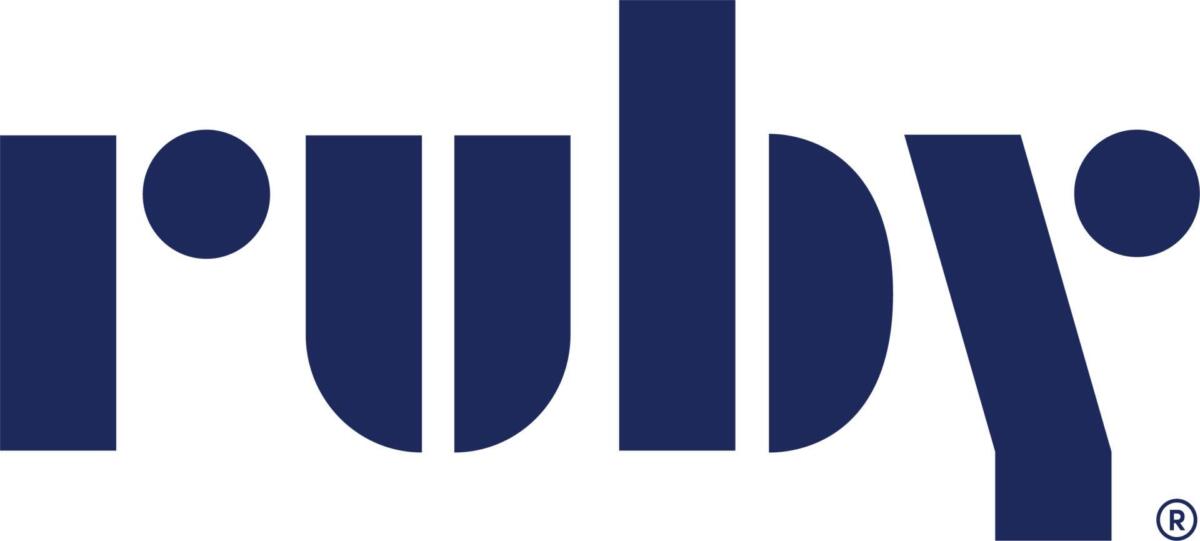
Forwarding your phone for the first time can be a tricky business. There’s a good chance you’ll find yourself having some confusing conversations with some less-than-helpful service representatives. When you’re shopping for an answering or virtual reception service, it’s useful to be prepared with some basic information ahead of time.
Luckily, our Client Happiness team makes it their mission to be fully informed and knowledgeable about telephony. We see ourselves as a member of your team and will work with you and your telephone provider to create the best experience. To be prepared to forward your phone, we’ve created a glossary of some common industry terms you may find useful during your provider search.
Manual forwarding.
Ah, the good old fashioned way! To manually forward your phone, you typically dial a 3-digit code, followed by the phone number to which you’d like your calls forwarded. The 3-digit code varies based on service provider and region, but it’s often *72. In order to forward this way, you must dial the 3-digit code from the phone line you are attempting to forward.
If you’re forwarding a smartphone, this process is even simple; there’s typically a “Call Forwarding” option in the settings menu. Easy as pie!
Remote call-forwarding.
Remote call-forwarding is another version of manual forwarding, with one nifty difference— you can forward your phone from anywhere. With remote call-forwarding, your telephone service provider supplies you with a toll-free number, which you can then dial from any phone and, after following a few prompts, forward your existing phone line to any phone number you’d like! This feature is not available through all telephone service providers, so check with yours to find out if it’s offered in your area.
Call forward busy/no answer, or delayed call-forwarding.
A favorite of many of our clients, delayed call-forwarding allows every call to ring in your office (for a pre-determined number of rings) before it is forwarded. This is a great option if you tend to come and go frequently and like to have the option of handling your own calls. This feature is available through most telephone service providers, and can typically be activated by contacting a service representative.
Time-of-day, scheduled call routing.
This feature allows you to create a forwarding schedule so calls can be routed to different numbers throughout the day. This is a particularly helpful option if you’re using a virtual receptionist service during the day, but would prefer that afterhours calls be directed to your established voicemail system. Not all service providers offer this feature, but it’s somewhat common, particularly amongst VoIP service providers.
Porting or publishing your business number.
While forwarding terms are helpful, what if you don’t want to forward? If you use a virtual receptionist service, you may be in luck! Many virtual receptionists, including Ruby, will allow you to port your toll-free number into their ownership. All of the routing and forwarding would then be handled by the service itself, making it completely painless!
Of course with a receptionist service like Ruby Receptionists, you’ll be assigned your very own toll-free number for forwarding, and you’re also welcome to publish that number. This completely circumvents the need for forwarding, and as an added bonus, the toll-free number can be ported into your ownership if you ever cancel your service.
See your call forwarding options with Ruby.

Knowing exactly what you should ask for when reaching out to a telephone service provider representative or evaluating a virtual receptionist service can save you quite the headache. Of course, our knowledgeable and friendly team at Ruby is here to assist in any conversation with your telephone provider. We assisted thousands of small businesses across the U.S. in setting up their service, and we’re here to help you have the best experience!



